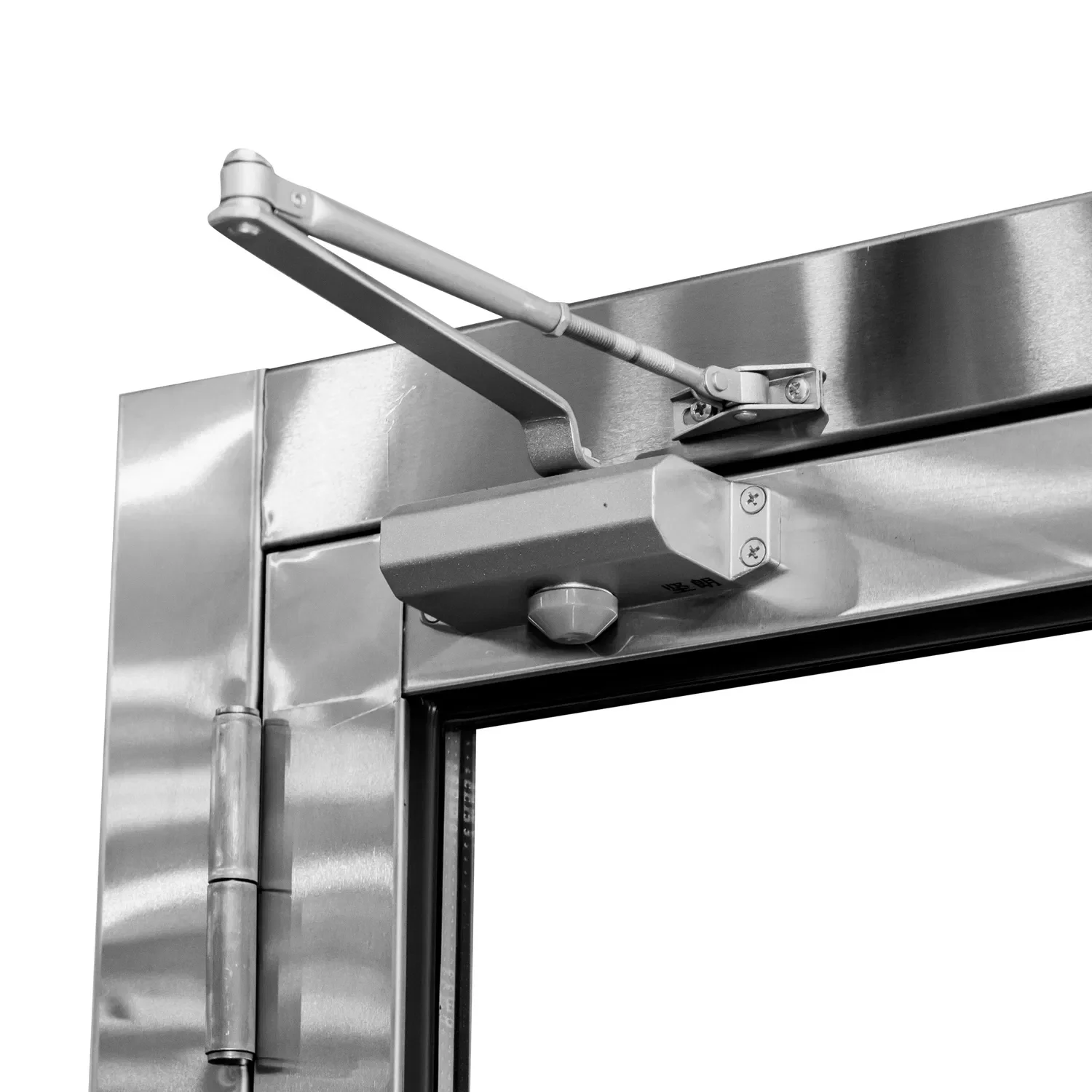In the realm of modern architecture, the choice of building materials plays a pivotal role in shaping not only the aesthetic appeal of structures but also their functionality, sustainability, and resilience. As architects and builders strive to create spaces that are not only visually striking but also environmentally responsible, the landscape of building materials has evolved dramatically. This article delves into the various building materials that are at the forefront of modern architecture, highlighting their properties, applications, and the innovative techniques that are redefining the industry.
- Concrete: The Versatile Workhorse
Concrete has long been a staple in construction due to its durability and versatility. Modern advancements have led to the development of high-performance concrete, which offers enhanced strength and durability. This material can be molded into various shapes, allowing architects to push the boundaries of design. Additionally, the incorporation of recycled materials, such as fly ash and slag, into concrete mixes has made it a more sustainable option. The use of self-healing concrete, which contains bacteria that produce limestone to fill cracks, is a groundbreaking innovation that extends the lifespan of structures.
- Steel: Strength and Flexibility
Steel is another fundamental material in modern architecture, known for its high strength-to-weight ratio. This characteristic allows for the construction of tall buildings and expansive open spaces without the need for excessive support columns. The use of structural steel frames has revolutionized skyscraper design, enabling architects to create iconic silhouettes that define city skylines. Moreover, advancements in steel production, such as the development of weathering steel, have improved the material's resistance to corrosion, making it suitable for various environmental conditions.
- Glass: Transparency and Light
The use of glass in modern architecture has transformed the way buildings interact with their surroundings. Large glass facades not only provide stunning views but also allow natural light to flood interior spaces, reducing the need for artificial lighting. Innovations in glass technology, such as low-emissivity (low-E) coatings and triple glazing, have enhanced energy efficiency by minimizing heat transfer. Smart glass, which can change its opacity in response to environmental conditions, is an exciting development that offers both aesthetic and functional benefits.
- Wood: A Sustainable Choice
As the demand for sustainable building practices grows, wood has re-emerged as a popular choice in modern architecture. Engineered wood products, such as cross-laminated timber (CLT) and glulam, offer enhanced strength and stability while reducing the environmental impact associated with traditional lumber. These materials allow for the construction of tall wooden buildings, challenging the perception of wood as a material limited to low-rise structures. The aesthetic warmth of wood also contributes to creating inviting and comfortable spaces.
- Composites: The Future of Building Materials
Composite materials, which combine two or more constituent materials to create a product with superior properties, are gaining traction in modern architecture. Fiber-reinforced polymers (FRP) are lightweight, corrosion-resistant, and can be molded into complex shapes, making them ideal for innovative designs. Additionally, composites can be engineered to meet specific performance criteria, such as thermal insulation or fire resistance, offering architects a versatile tool in their design arsenal.
- Sustainable Materials: A Shift Towards Eco-Friendliness
The growing emphasis on sustainability has led to the exploration of alternative building materials that minimize environmental impact. Bamboo, for example, is a rapidly renewable resource that boasts impressive strength and flexibility. Recycled materials, such as reclaimed wood and recycled metal, are also being integrated into modern designs, promoting a circular economy. Furthermore, the use of bio-based materials, such as mycelium and hempcrete, is on the rise, offering eco-friendly options that align with contemporary architectural practices.
Conclusion: The Future of Building Materials in Modern Architecture
As modern architecture continues to evolve, the selection of building materials will remain a critical factor in shaping the built environment. The integration of innovative materials not only enhances the aesthetic and functional aspects of structures but also addresses pressing environmental concerns. Architects and builders must remain informed about the latest advancements in material science to create sustainable, resilient, and inspiring spaces that meet the needs of future generations. By embracing a diverse range of building materials, the architectural landscape can continue to push boundaries and redefine what is possible in the world of design.


